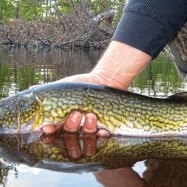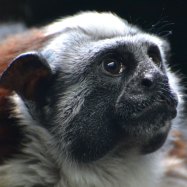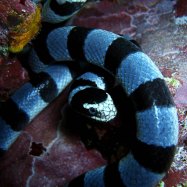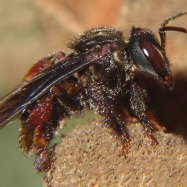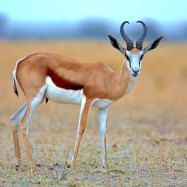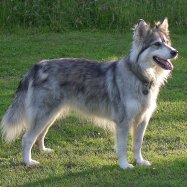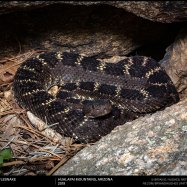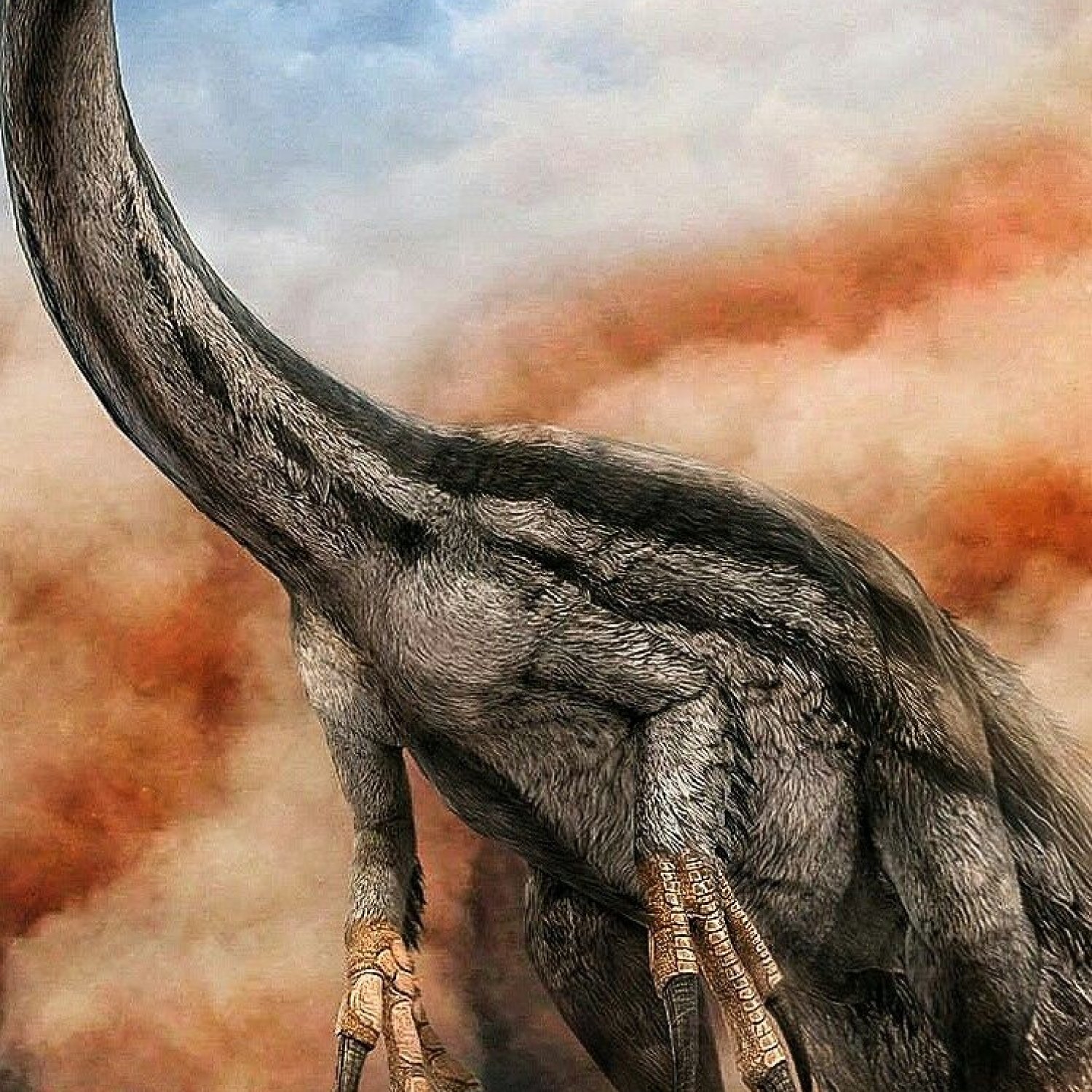
Theropod
Varied
Theropods, a group of bipedal animals, were once the dominant predators in various locations. They have a varied length and belong to different families. Some well-known theropods include T. rex, Velociraptor, and Allosaurus, making them a fascinating topic for dinosaur enthusiasts. Learn more about these fierce creatures and their impressive body shape! #theropods #dinosaurs #predators #prehistoric #wildlife
Animal Details Summary:
Common Name: Theropod
Kingdom: Animalia
Habitat: Varied
The Fierce and Fascinating Theropod: An Apex Predator Across Time and Space
The word "dinosaur" often brings to mind images of massive, lumbering creatures like Brachiosaurus and Triceratops, but amongst the many species that walked the Earth millions of years ago, there was one group that stood out for their agility, ferocity and overall dominance - the Theropods.Belonging to the order Dinosauria and the class Sauropsida, the Theropods (from the Greek words "theron" meaning beast and "pous" meaning foot) were a diverse group of bipedal, carnivorous dinosaurs that lived during the Mesozoic Era, or the Age of Dinosaurs. They first emerged around 228 million years ago, and despite facing significant competition from larger herbivorous dinosaurs, they managed to thrive for over 160 million years, until their extinction at the end of the Cretaceous period.
With such a long and successful evolutionary history, the Theropods are certainly a fascinating group to delve into, so let's take a closer look at these incredible apex predators and discover what made them stand out amongst the dinosaurs of their time Theropod.
Classification and Taxonomy
The Theropods belonged to the kingdom Animalia and phylum Chordata, and were further classified into various families, such as Allosauridae, Ceratosauridae, Spinosauridae, and Tyrannosauridae, based on their anatomical and behavioral characteristics. Some of the most well-known species within these families include the T. rex, Velociraptor, and Carnotaurus.Though they all shared the common traits of being bipedal, having sharp teeth, and being carnivorous, the Theropods were a remarkably diverse group with over 1000 known species. They varied in size, ranging from the tiny, chicken-sized Compsognathus, to the massive, bus-sized Spinosaurus. Their length also varied greatly, from just over a meter to over 15 meters, and their weight ranged from a few kilograms to several tons.
Habitat and Distribution
As is the case with most dinosaurs, the exact habitat and distribution of the Theropods cannot be pinned down to a specific location or environment. They were found all over the world, with fossils discovered on every continent, including Antarctica.Their habitats also varied depending on the species, with some preferring open plains, while others inhabited forests or coastal areas Tiger Shark. This diversity in habitat is likely one of the reasons for their widespread success as predators, as they were able to adapt to various environments and thrive.
Feeding and Hunting Methods
The Theropods were carnivorous, meaning they fed on other animals, and their feeding methods were just as varied as their habitats. Some species, like the T. rex, had powerful jaws and teeth designed to crush bones, indicating that they were scavengers, feasting on carcasses of dead animals. However, other species, like the Velociraptor, were incredibly skilled hunters who used their speed, agility, and sharp claws to take down prey.Their hunting methods would have varied depending on the species, but based on fossil evidence and modern-day comparisons, it is believed that some would stalk their prey from a distance, while others would ambush their victims, possibly using their feathers for camouflage.
Physical Characteristics
One of the most defining features of the Theropods was their body shape - bipedal, with two strong hind legs for movement and two smaller, clawed arms. However, their body shapes varied greatly, with some having long, slender bodies, while others had shorter, stockier builds with a prominent head and powerful jaws.Their coloration was also incredibly diverse, with some being brightly colored and others having intricate patterns and stripes. This variation may have served as a way for different species to identify one another or for camouflage purposes.
Rise and Fall of the Theropods
The Theropods were undoubtedly one of the most dominant groups of animals during the Age of Dinosaurs, and their success can be attributed to a variety of factors. Being carnivorous and having sharp claws and teeth would have given them an advantage over herbivorous dinosaurs, allowing them to easily capture and kill their prey.Many Theropods also had excellent vision and good hearing, allowing them to detect and track prey from a distance. This, combined with their agility and speed, made them formidable predators that could take down prey much larger than themselves.
However, towards the end of the Cretaceous period, around 66 million years ago, a mass extinction event wiped out the dominant species of that time, including the Theropods. Many theories have been put forward to explain this catastrophic event, with one of the most widely accepted ones being the impact of an asteroid. This impact would have caused a chain reaction of events that resulted in drastic changes to the Earth's environment, and many species, including the Theropods, were unable to adapt and survive.
Impact and Legacy
Despite their extinction, the Theropods have left a significant legacy that continues to fascinate and intrigue us to this day. Fossils of these apex predators have been found all over the world, providing valuable insights into their evolution, behavior, and interaction with other species. They have also captured the imagination of people around the world, leading to their portrayal in popular culture, including books, movies, and video games.The study of Theropods and other dinosaurs has also helped shape our understanding of the Earth's past and the evolution of life on our planet. Their rise and fall have added to the ongoing quest to understand the patterns and processes that govern life on Earth, and have inspired and influenced thousands of scientists and researchers to continue their important work.
Conclusion
The Theropods were, without a doubt, some of the most awe-inspiring creatures to have ever walked the Earth. Their incredible diversity, ferocity, and dominance make them a significant part of the Earth's evolutionary history, and their legacy continues to fascinate us today.Despite their extinction, the Theropods remain a testament to the resilience and adaptability of life, and their story serves as a reminder of the ever-changing nature of our planet and the vital role of science and research in helping us understand and appreciate our planet's rich history.

Theropod
Animal Details Theropod - Scientific Name: Theropoda
- Category: Animals T
- Scientific Name: Theropoda
- Common Name: Theropod
- Kingdom: Animalia
- Phylum: Chordata
- Class: Sauropsida
- Order: Dinosauria
- Family: Various
- Habitat: Varied
- Feeding Method: Carnivorous
- Geographical Distribution: Worldwide
- Country of Origin: N/A
- Location: Various
- Animal Coloration: Varied
- Body Shape: Bipedal
- Length: Varied
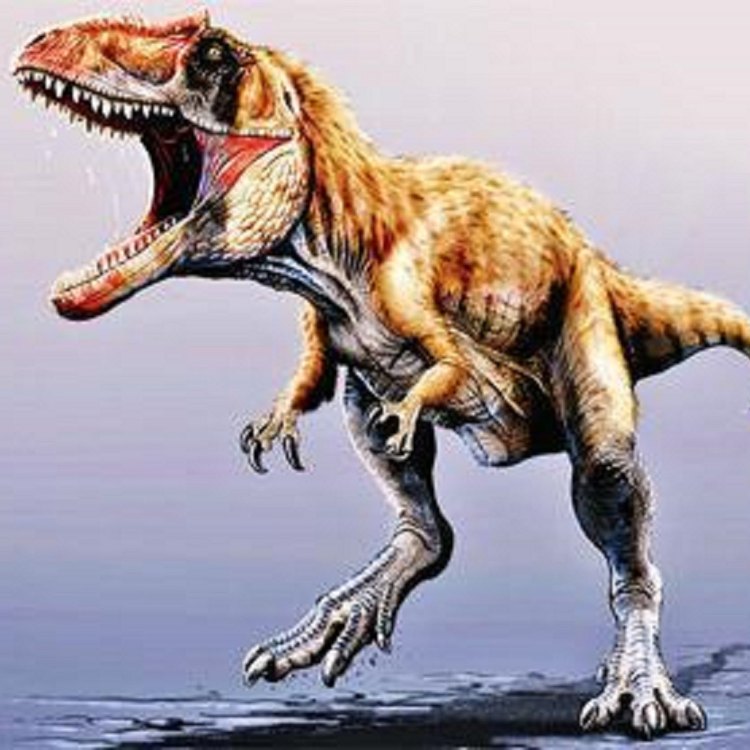
Theropod
- Adult Size: Varied
- Average Lifespan: Varied
- Reproduction: Egg-laying
- Reproductive Behavior: Varied
- Sound or Call: Unknown
- Migration Pattern: Unknown
- Social Groups: Varied
- Behavior: Predatory
- Threats: Extinct
- Conservation Status: Extinct
- Impact on Ecosystem: Unknown
- Human Use: None
- Distinctive Features: Large size, sharp teeth, and clawed hands
- Interesting Facts: Theropods are one of the three main groups of dinosaurs, and many of them were apex predators.
- Predator: Yes
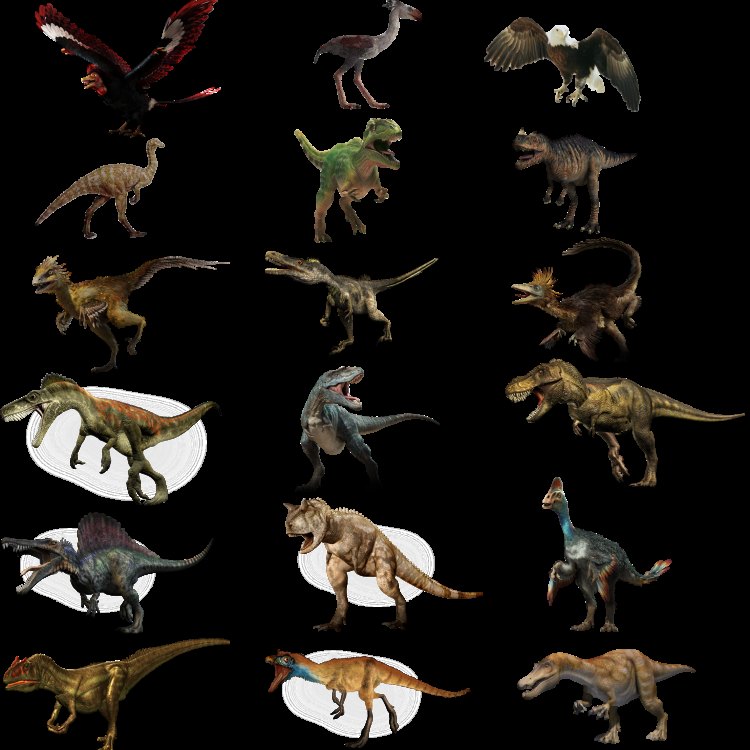
Theropoda
The Fascinating World of Theropods: Uncovering the Life of the Mighty Predators
Dinosaurs have long captured our imagination with their immense size, strength, and mysterious extinction. Within the vast world of dinosaurs, there is a group of creatures that stand out for their distinctive features and impressive predatory behavior – the theropods.Theropods were one of the three main groups of dinosaurs, alongside sauropods and ornithischians. They were a diverse group of bipedal dinosaurs that existed for over 160 million years during the Mesozoic Era PeaceOfAnimals.Com. From small, agile hunters to giant, fearsome predators, theropods ruled the prehistoric land and skies. In this article, we will dive into the fascinating world of theropods, uncovering their unique features, behavior, and their significant impact on our ecosystem.
Varied Adult Size and Average Lifespan
One of the distinctive features of theropods is their varied adult size, which ranged from small to gigantic. The smallest known theropod, Ciurleoraptor, was only about 60 centimeters long, while the giant tyrannosaur, Spinosaurus, reached a length of over 12 meters. This large variation in size is evidence of the diversity within the group, with over 1000 different species.
Due to the vast array of theropod species, their average lifespan also varied significantly. Some smaller theropods, such as Coelurosauria and Paraves, were thought to have a lifespan similar to modern birds, around 20-30 years. However, larger theropods like the tyrannosaurs and therapods, were estimated to live for up to 50 years.
Egg-laying as a Means of Reproduction
Like most dinosaurs, theropods reproduced by laying eggs Torkie. However, the exact details of their reproductive process is still a mystery. Paleontologists theorize that some theropods may have had complex mating rituals, while others might have been solitary breeders. One thing is sure – theropods were not nurturing parents and did not provide any parental care to their young.
Varied Reproductive Behavior
Theropods exhibited a wide range of reproductive behavior. Some species were highly social, living and hunting in packs, while others were solitary hunters. This variation in behavior depended on their species, environmental conditions, and food availability.
The Mysterious Sound of Theropods
While we often imagine dinosaurs roaring or grunting, the truth is, scientists are still unsure if theropods made any sound at all. Since soft tissues, such as vocal cords, do not fossilize, it is challenging to determine their sound or call. However, recent discoveries suggest that some theropods might have had a croaking or bellowing sound, similar to modern crocodiles.
Unknown Migration Patterns and Social Groups
Due to the limited fossil evidence, it is challenging to determine the migration patterns or social groups of theropods accurately. It is believed that some species, such as the Allosaurus, may have migrated in herds to find new food sources, while others, like the Dromaeosauridae, may have been solitary animals.
Predatory Behavior of Theropods
One of the most defining characteristics of theropods was their predatory behavior. They were fierce hunters with sharp, serrated teeth and powerful jaws, making them apex predators. Some theropods, such as the mighty Spinosaurus, were semi-aquatic hunters, while others were fast and agile, relying on speed and agility to capture their prey.
The hunting technique of theropods also varied, depending on their size, environment, and prey. Smaller theropods, like the Troodontidae, were thought to have been ambush hunters, while larger theropods, like the Tyrannosauridae, were apex predators that hunted down their prey.
Threats and Extinction
Despite their dominance in the prehistoric world, theropods, like all dinosaurs, faced a catastrophic extinction event about 66 million years ago. This mass extinction was caused by an asteroid strike that wiped out over 75% of all living species, including the mighty theropods.
Extinction and Impact on the Ecosystem
Since their extinction, theropods have had no impact on our ecosystem. However, during their reign, they played a significant role in shaping the prehistoric world. As top predators, they controlled the population of other species, maintaining the balance of the ecosystem.
Additionally, the extinction of theropods led to the rise of other species, such as mammals and birds, who adapted to the new environment and became the dominant creatures on Earth.
Human Use and Conservation Status
Unlike other animals, humans have not interacted with theropods as they have been extinct for millions of years. As such, there is no conservation status for theropods, and they remain a significant part of our history and evolution.
Distinctive Features of Theropods: Large Size, Sharp Teeth, and Clawed Hands
One of the most distinguishable features of theropods is their large size. Some theropods, like the T-Rex, could reach lengths of up to 12 meters and weigh over 8 tons. This immense size and strength made them one of the top predators in the prehistoric world.
Another distinctive feature of theropods was their sharp, serrated teeth. These teeth were used for tearing through flesh and bone, making it easier for them to hunt and consume their prey. Additionally, theropods had clawed hands, with some species boasting up to three sharp claws per hand. These claws were used for hunting, climbing, and defense.
Interesting Facts about Theropods
- The name "theropod" comes from the Greek words "theron" meaning "beast" and "podes" meaning "feet", which translates to "beast-footed".
- Theropods are more closely related to birds than any other living creatures.
- The smallest known theropod, Ciurleoraptor, was about the size of a chicken.
- The largest known theropod, the Spinosaurus, is estimated to have weighed up to 15 tons.
- The velociraptor, made famous in the movie Jurassic Park, was only about the size of a modern-day turkey and had feathers.
Predators of Their Time
There is no denying that theropods were the apex predators of their time. These mighty creatures dominated the prehistoric world, using their size, strength, and hunting skills to survive. While we may never know the exact details of their behavior and way of life, the legacy of theropods lives on through fossils and our fascination with these ancient creatures.
In conclusion, theropods were an extraordinary group of dinosaurs with incredible features, varied behavior, and a significant impact on the ecosystem. Despite their extinction, they continue to capture our imagination, and their legacy lives on as a testament to the diversity and resilience of life on Earth.
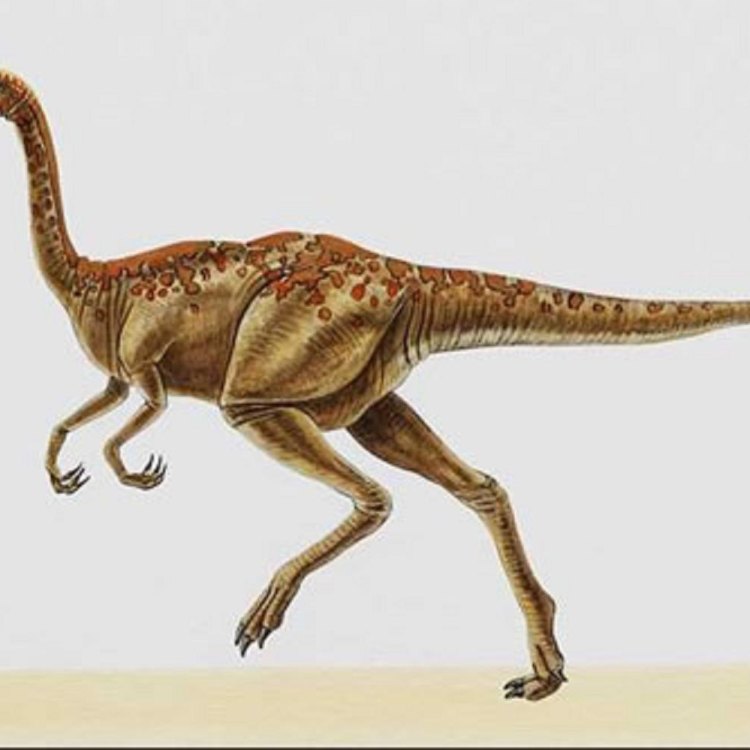
The Fierce and Fascinating Theropod: An Apex Predator Across Time and Space
Disclaimer: The content provided is for informational purposes only. We cannot guarantee the accuracy of the information on this page 100%. All information provided here may change without prior notice.


